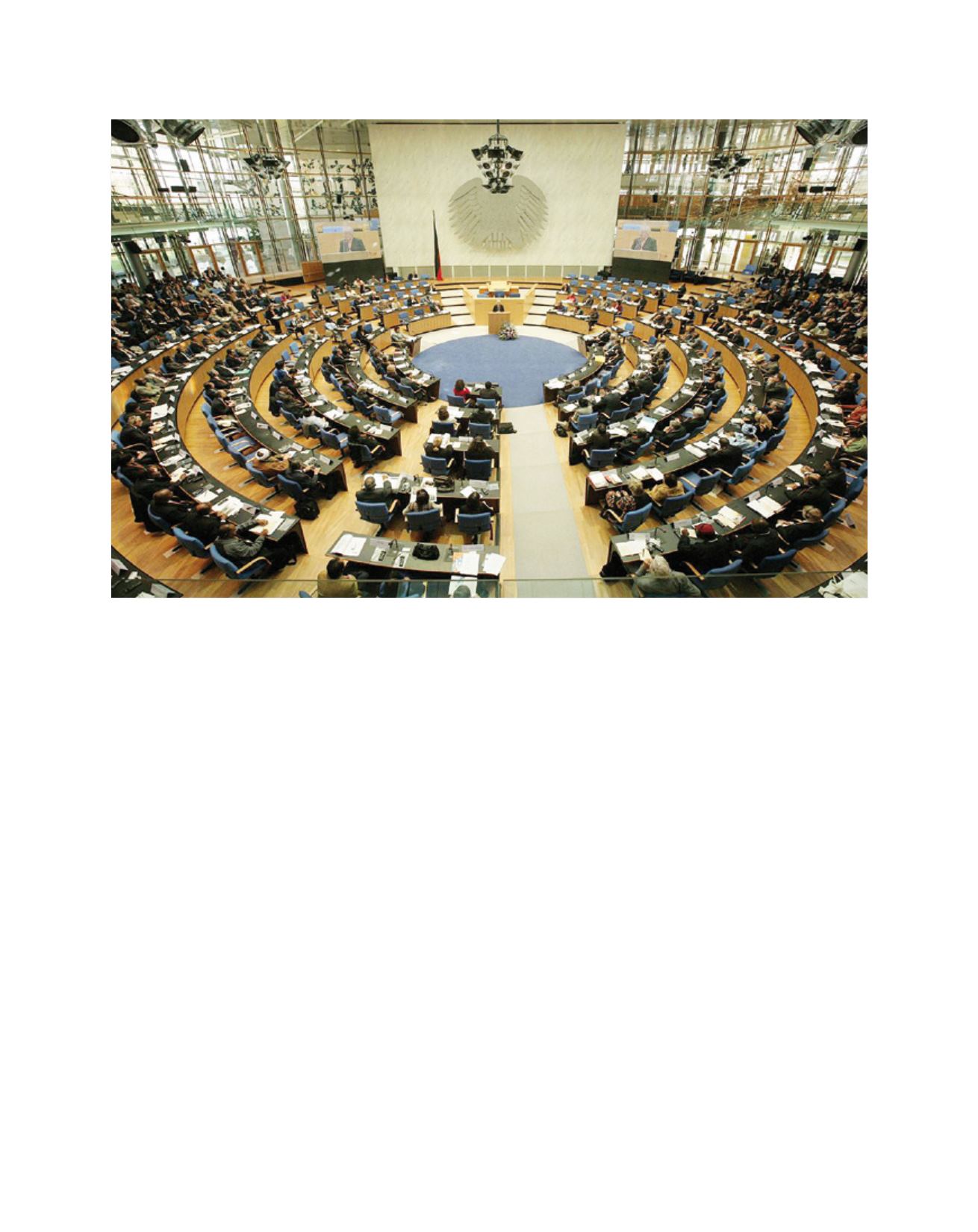

[
] 24
saw the connection to access to basic education largely
as an issue in developing countries but also recognized
the need to address ‘quality’ from the perspective of
the large numbers of under-educated people in the
developed world. Slowly the first thrust expanded from
simple access to retention to address the high dropout
rates in all countries.
The idea of access to quality education led to discus-
sions regarding the very purpose of education and the
emergence of the Delors Report titled ‘Learning: the
treasure within’. Eventually the discussions around EFA
enlarged to ask
What education for all?
In the north,
the questions around the first thrust regarding quality
education finally led to the engagement of formal educa-
tion, as these were legitimate questions that ministries
had to answer and for which they could be formally
held responsible. Ministry officials could comprehend
quality whereas they did not understand ESD as yet.
The first attempt to carry out the UN CSD’s request
to develop guidelines for reorienting the world’s teacher
education systems occurred as a side meeting at the
twentieth anniversary of Tbilisi in Thessaloniki, Greece
in 1997. This resulted in the formation of the first
UNESCO Chair in ESD. The Chair was tasked with the
development of these guidelines and it was within this
process, which engaged teacher education institutions
(TEI) from over 25 countries worldwide, that serious
inroads were made to engage the formal disciplines
ESD as their issue. Also the prospect of comprehensively reorient-
ing existing education systems that were largely being hampered by
budgetary restrictions from the recession of the early 1990s proved
a major deterrent for ministries, both in the developed and develop-
ing worlds.
The formal education sector was slow to react and in the early
days of the 1990s, it was the energy and help of the adjectival
educations that largely nurtured and developed ESD. It was EE,
development education, citizenship education, global educa-
tion, peace education and a host of other ‘adjectivals’ oriented to
social issues that kept ESD growing and maturing. This assistance
continues today with the emergence of green economics, ecological
economics and climate change education etc.
Despite the hesitation of the formal education systems, the
need for ESD grew. By 1996, the UN Commission on Sustainable
Development (UN CSD) identified ESD as one of the four main
priorities for the UN system’s sustainability programme and called
for action in this regard throughout the UN system. The Commission
specifically requested UNESCO to develop guidelines for the reori-
enting of teacher education to address sustainability.
Slowly, ESD developed in the academic world. The late 1990s
saw academic journals publishing ESD research and opinion pieces.
UNESCO did its best to maintain the support of the crucial adjec-
tival educations but also to slowly raise the profile of ESD within
formal education. By 1996 the four main thrusts of ESD (i.e. access
to basic education, reorienting existing education from that which
focused solely on development, public awareness raising and train-
ing) were becoming better understood. Many ministries of education
Mid-Decade Assembly at Bonn
Image: Lyle Benko
















